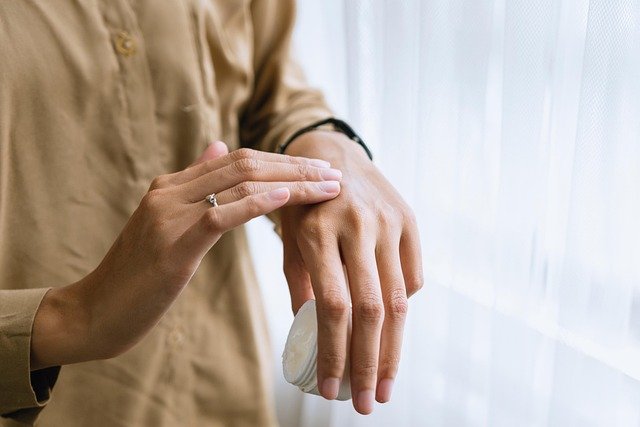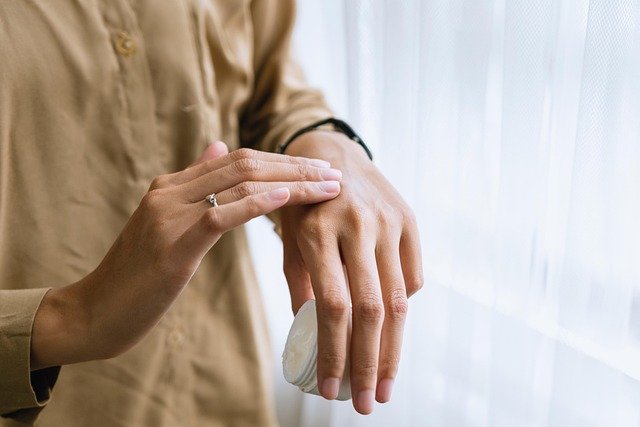Preventing common nail issues after polish removal
After taking off polish, nails can feel weak, dry, or sensitive. This article explains practical steps to reduce damage, support nailhealth, and rebuild strength using simple nailcare, hygiene, hydration, and maintenance habits that work for natural nails, gelpolish, and acrylics.

Nail polish removal can leave nails fragile, discolored, or prone to peeling. Recovery focuses on gentle care, restoring moisture, and avoiding practices that prolong damage. This article outlines daily and weekly habits to support nailhealth after polish removal, including how to treat cuticles, manage tools, and adapt routines for gelpolish or acrylics wearers. Small adjustments—correct filing, gradual strengthening, and consistent hydration—help nails return to a healthy baseline while preparing them for nailart or future treatments.
This article is for informational purposes only and should not be considered medical advice. Please consult a qualified healthcare professional for personalized guidance and treatment.
Nailcare after polish: gentle cleansing and rest
Begin with a soft, non-acetone remover when possible and avoid aggressive scraping. After removal, wash hands with a mild, pH-balanced soap and pat dry. Give nails a rest period of at least a week from polish when possible to let the natural nail plate recover. During this time, avoid tight gloves or prolonged water exposure. Prioritize breathable routines: minimal products, light buffing only when necessary, and short, comfortable nailshapes to reduce leverage and prevent splitting.
How to protect nailhealth when restoring strength
Introduce a simple strengthening routine rather than high-strength treatments right away. Use a thin, protein-building base like a nail strengthener containing hydrolyzed keratin or calcium if tolerated; apply every other day for the first two weeks. Avoid layering multiple chemical treatments; allow nails to breathe between applications. If nails are thin or peeling, keep them trimmed to reduce catch and further tearing. Monitor for persistent discoloration, pain, or deep ridging, which may warrant professional evaluation.
Cuticles and nailhygiene: safe maintenance tips
Cuticles protect the nail matrix; treat them with care. Soften cuticles with a brief oil or hydrator soak, then gently push back with a sanitized nailtools stick—do not cut aggressively. Use a cuticle oil daily to maintain flexibility and reduce hangnails. Maintain nailhygiene by cleaning under nails with a soft brush and avoiding sharp instruments that can split the plate. Regular moisturizing of hands and nails supports barrier function and limits bacterial colonization.
Managing gelpolish and acrylics safely after removal
Gelpolish and acrylics can cause additional thinning if removed improperly. Have salon removals performed by technicians who soak rather than file aggressively. After professional removal, follow a restorative protocol: hydrate, apply cuticle oil, and use a light-strengthening treatment. If you frequently alternate between acrylics/gelpolish and bare nails, incorporate a two-week recovery strategy between services. For persistent damage after acrylics, consider consulting a nail professional or dermatologist for targeted recommendations.
Nailtools, nailshapes and proper maintenance
Select appropriate nailtools: a glass or fine-grit file, a soft buffing block, sanitized cuticle pusher, and a soft nail brush. File in one direction to prevent splitting and avoid metal files on thin nails. Choose nailshapes that reduce stress on the free edge—rounded or short squared shapes commonly distribute force better than long pointed styles. Replace or sanitize tools regularly to prevent infection. Establish a weekly maintenance habit: trim, gentle file, oil, and hydrate.
Hydration, nailart considerations and long-term care
Hydration is central to recovery. Apply a humectant hand cream and a nourishing cuticle oil morning and night; look for products with glycerin, hyaluronic acid, or natural oils like jojoba and almond. When reintroducing nailart or color, consider breathable, nourishing base layers and give nails recovery windows. Track progress by photographing nails weekly—look for reduced peeling, fewer splits, and improved surface smoothness. If nails do not improve after several months, seek professional assessment to rule out underlying conditions.
Conclusion
Preventing common nail issues after polish removal relies on gentle removal methods, consistent hydration, careful cuticle care, and appropriate tool use. Recovery is gradual; small, repeatable habits—shorter nailshapes, regular oiling, and conservative use of strengthening products—support long-term nailhealth and allow safe future use of gelpolish or acrylics without compounding damage.






